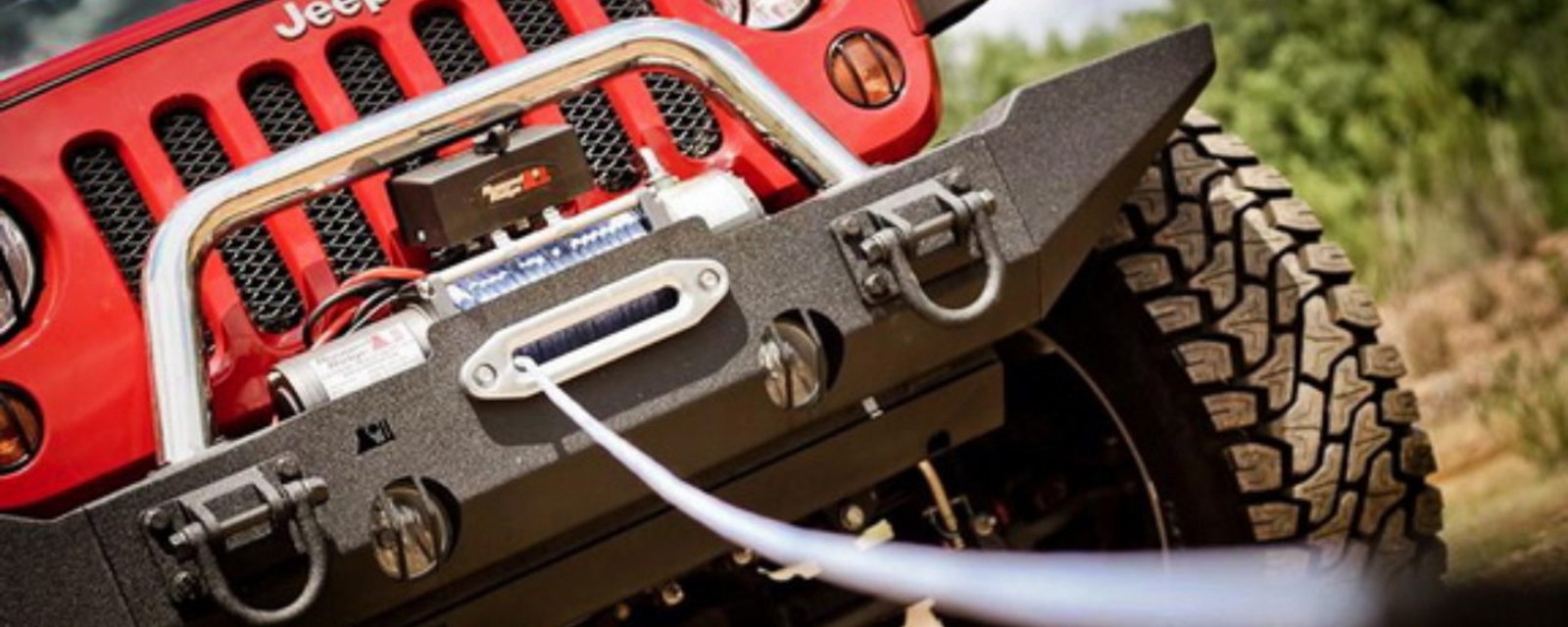Driving on underinflated tires is a leading cause of tire failure. The NHTSA estimates that fully a third of all vehicles on the road today are riding on underinflated tires. Here’s a little tip from a personal injury lawyer. In most states, driving on underinflated tires is considered negligent driving and that can be bad news if you are in an auto accident.
Safety is the number one reason you should be checking your tire pressure on a regular basis and that’s too bad. In America, land of the indestructible, safety is a subjective thing. How many decades did it take to get people to simply buckle up? Do we really think that the threat of a tire blowout, failure in emergency braking or maneuvering will really inspire people to get out of the car, bend down and unscrew the valve cap and check the tire pressure? Probably not.
On the other hand, money is not subjective. It is objective, and you can count it. Running on under inflated tires can cost you. You’ll be shelling out greenbacks for repairs, replacement, and gasoline that you could have avoided. So, if preventing a life endangering accident isn’t enough motivation to check your air pressure, may saving some bucks on the cost to run your ride will be.
